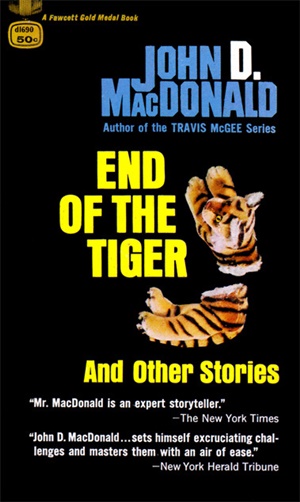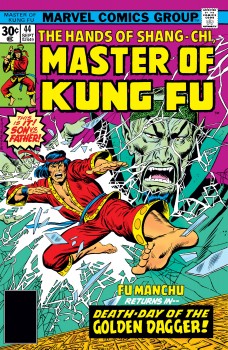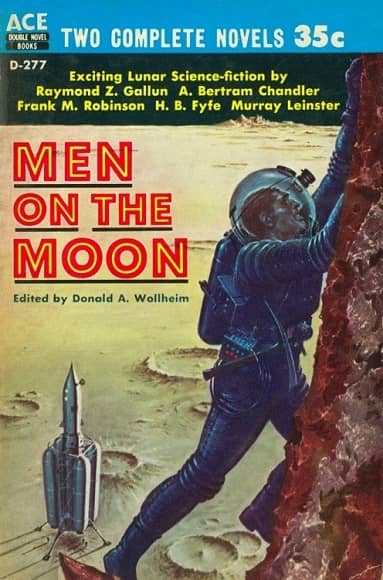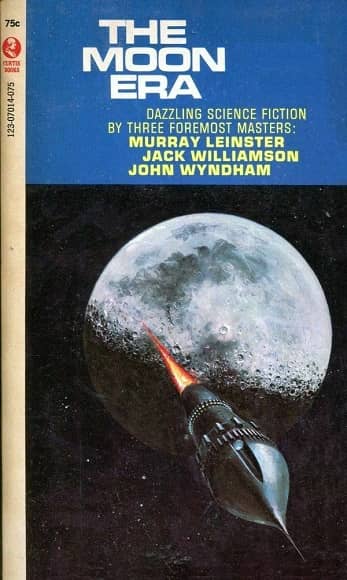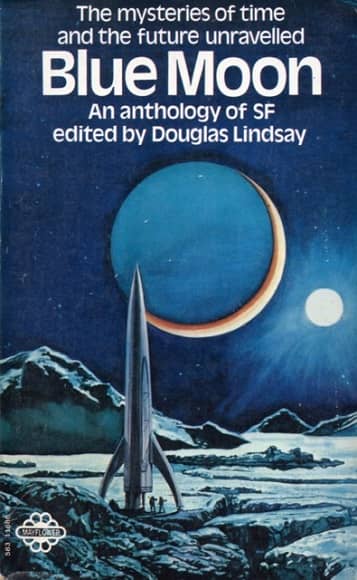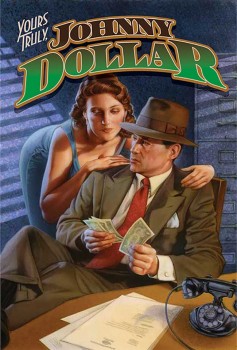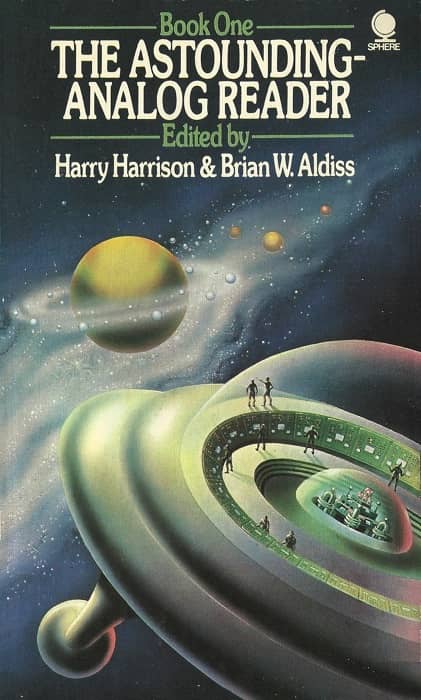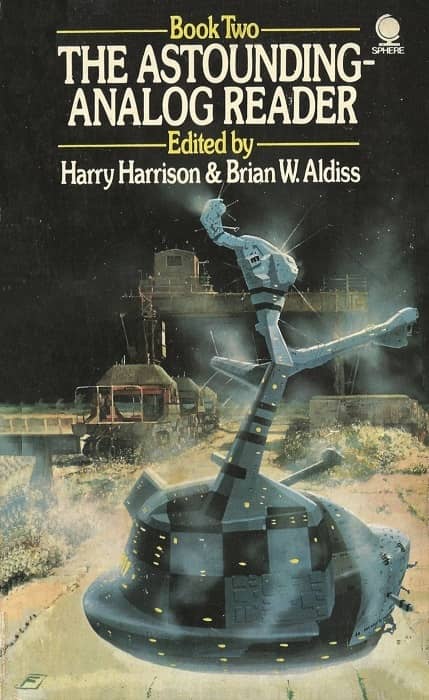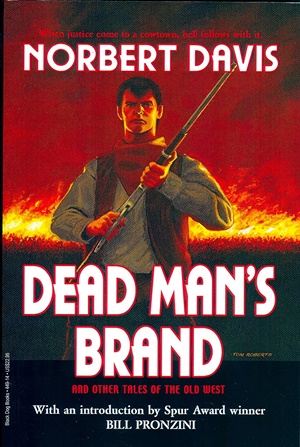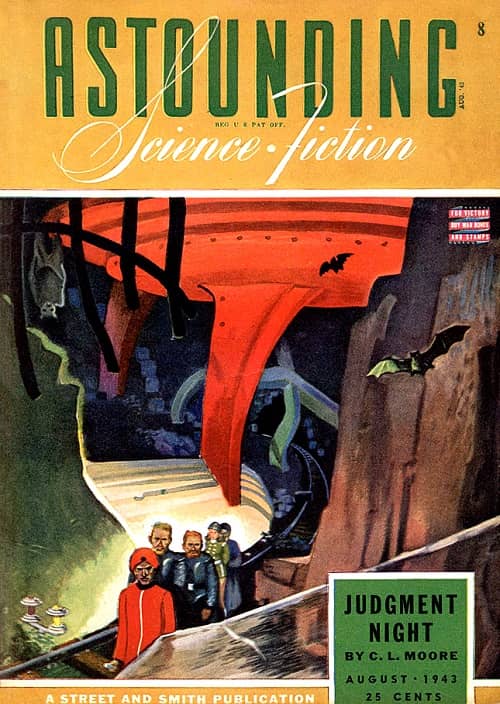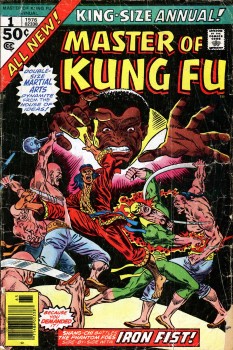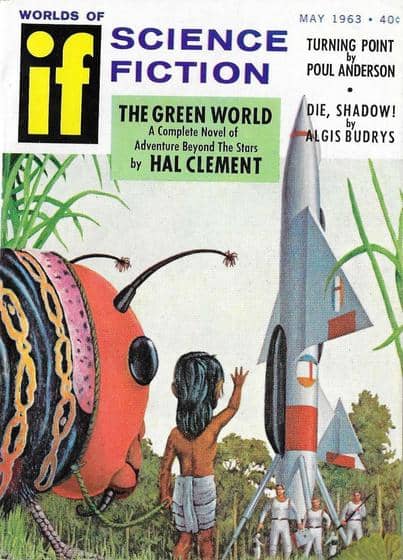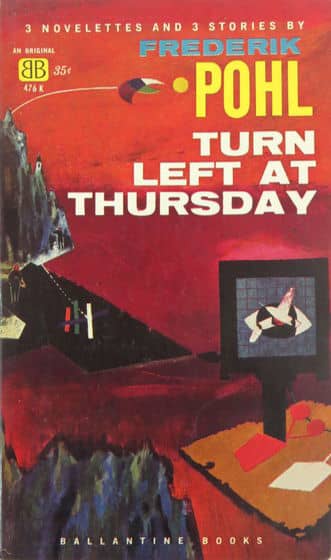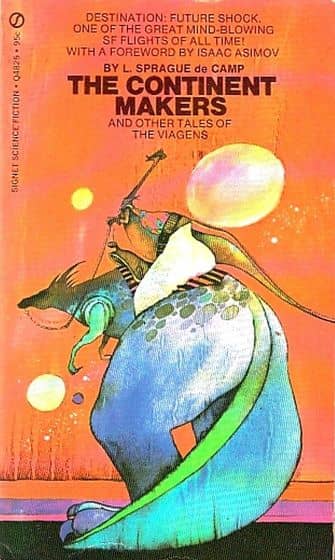Vintage Treasures: The Space Magicians, edited by Alden H. Norton and Sam Moskowitz
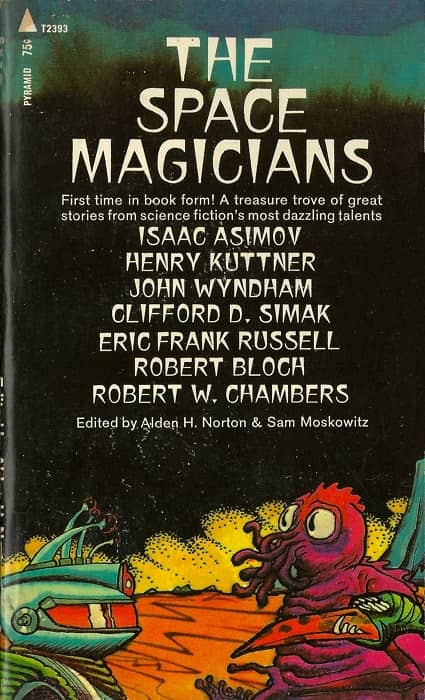 |
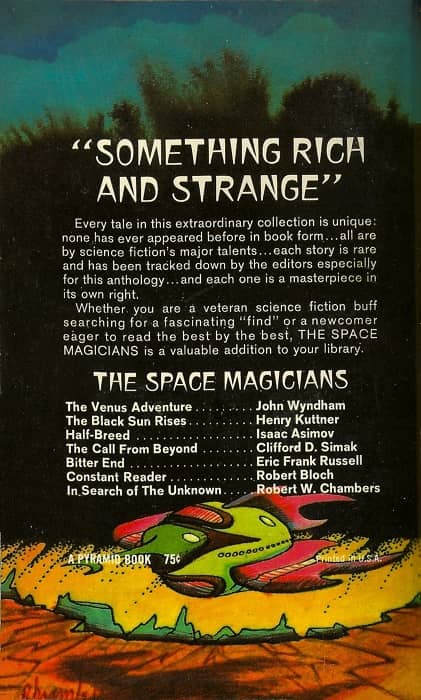 |
Cover artist unknown (which is kinda tragic)
And so my quest to write up all the interesting science fiction anthologies of the 20th Century brings us to The Space Magicians.
This is kind of an oddball anthology. Yes, it has a theme. (That theme is not space magicians.) The idea appears to be a collection of rare and hard-to-find science fiction tales by “science fiction’s major talents… each one a masterpiece in its own right,” and each of which has never been reprinted in paperback before.
The result is an eclectic mix of pulp tales by, yes, seven major SF writers: John Wyndham, Henry Kuttner, Isaac Asimov, Clifford D. Simak, Eric Frank Russell, Robert Bloch, and Robert W. Chambers. The stories within originally appeared between 1899 and 1953, in Wonder Stories, Super Science Stories, Astonishing Stories, Science-Fiction Plus, Universe Science Fiction, and other fine venues. They include the first reprint of Asimov’s “Half-Breed,” written when he was 19 years old, and Robert W. Chambers science fiction story “In Search of the Unknown.”
The stories are packaged in a 206-page paperback with a gonzo wraparound cover featuring cartoon characters on a gloriously colorful alien landscape. The artist, tragically, is unknown. The editors offer a chatty two-page introduction in which they wonder aloud why none of these stories have been reprinted, and tell us a bit about each one to whet our appetite. Here’s the complete intro.
